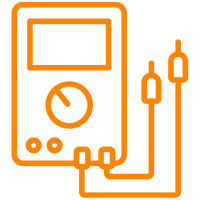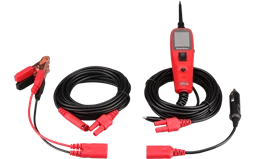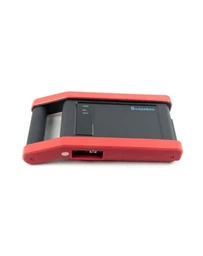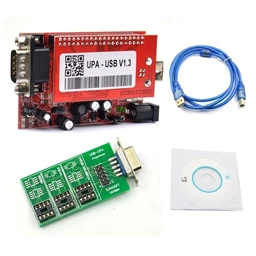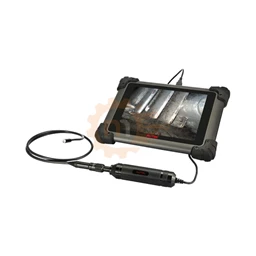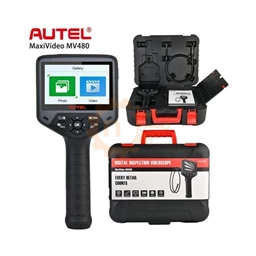Diesel particle filter (Dpf) is the system found in some models of Euro 4 vehicles, in Euro 5 and Euro 6 vehicles. The diesel particulate filter (Dpf) is found in vehicles with diesel systems.
This system is designed to separate harmful gases from the exhaust. It discharges the amount of harmful soot that occurs as a result of ignition and accumulates it within itself.
In other words, it accumulates harmful particles coming out of the exhaust. In fact, it is an environmentally friendly system.
Why is the Diesel Particulate Filter (Dpf) Clogged?
The amount of soot that the diesel particle filter (Dpf) accumulates in itself fills up over time and clogging occurs. There are several reasons for this blockage.
- Poor quality fuel usage
- Using the vehicle without cycle
- Running the vehicle at idle for a long time
- Wrong and poor quality oil use
- These reasons can greatly affect the clogging time of the diesel particulate filter.
What are the Symptoms of Diesel Particulate Filter Clogging?
When the diesel particle filter is full, the warning lamp lights up on the display.
When the diesel particle filter is completely clogged, the stop warning lamp lights up on the instrument panel.
The engine switches to failure mode, the vehicle switches to operating mode, but traction drops, ie it goes with a constant speed.
Driving the vehicle at certain intervals on long roads and at high speed is a good solution to prevent the diesel particulate filter from clogging.
How Is Diesel Particulate Filter Regenerated?
Regeneration is started when the exhaust gas temperature rises while the engine is active while the vehicle is used at high speed.
This process is done actively, if the vehicle is running. It takes about 30 minutes. This situation is called passive regeneration.
In short distance use, the exhaust temperature will not be sufficient enough. For this reason, the amount of soot in the filter will not be thrown out, as the vehicle cannot be used at high speed in the city. In such cases, it will be possible to perform regeneration with the fault detection device without moving the vehicle.
The diesel particle filter regeneration process will take approximately 30 minutes with the diagnostic device.
Regeneration will take place before the vehicle moves. The vehicle must be on a flat surface. Even if the diesel particle filter is regenerated, it will clog within a certain kilometer or time.
Clogging usually occurs at intervals of 30,000 or 50,000 kilometers. Diagnostic devices or universal devices used in the authorized service are used for the diesel particle filter regeneration process with the fault detection device.
The Launch and Autel universal diagnostic device, which are actively used in the market, successfully performs the regeneration process.

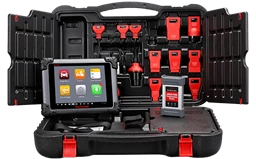
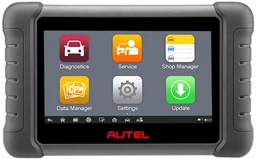
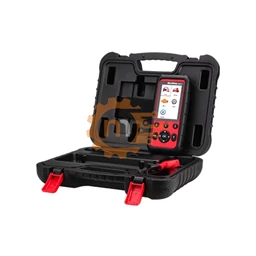

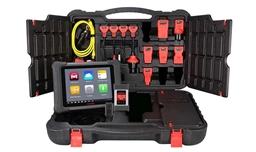
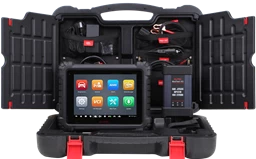

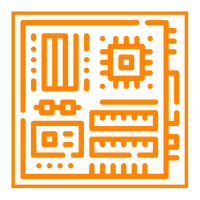

.webp?size=256)




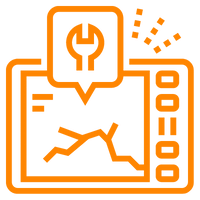
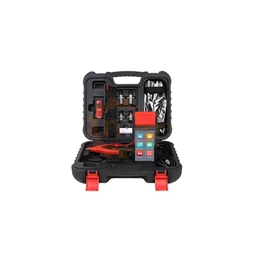
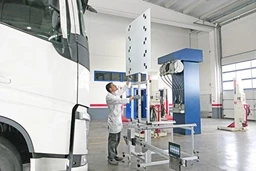
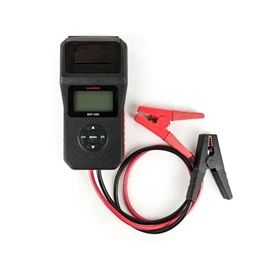
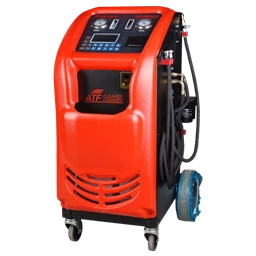
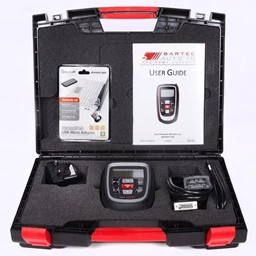
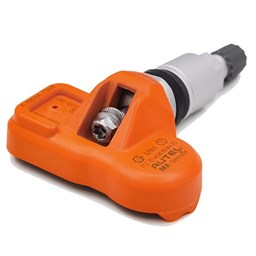
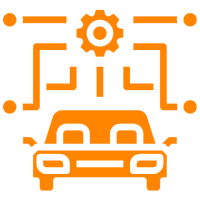
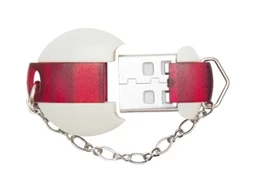
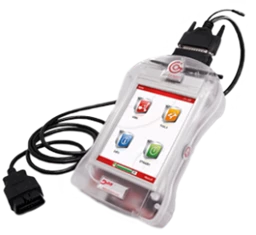
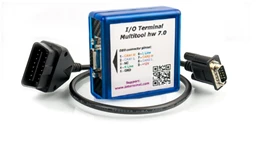
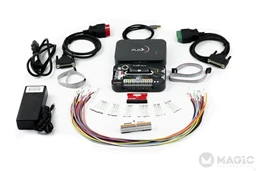
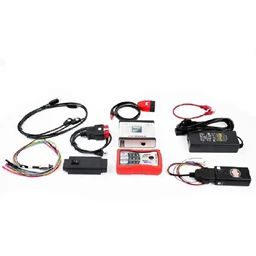
 Cihazı.webp?size=256)
